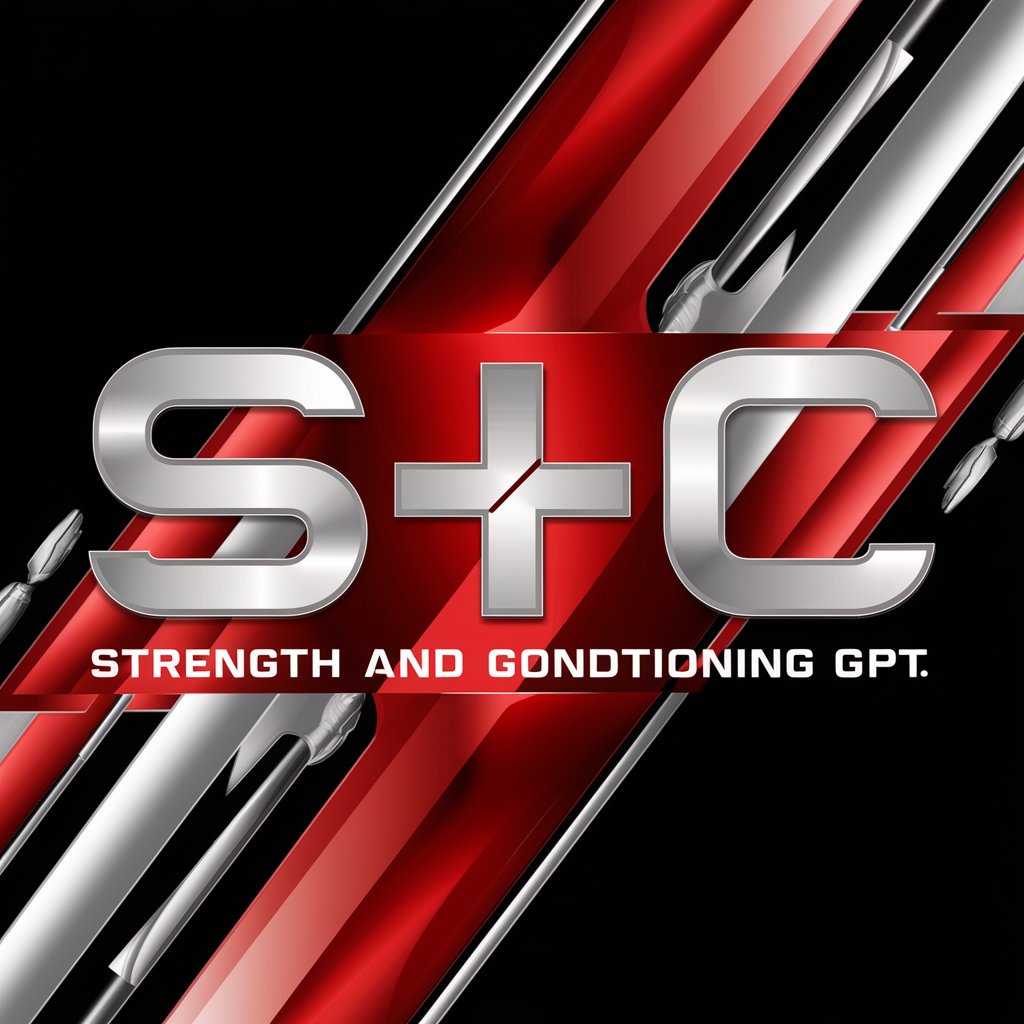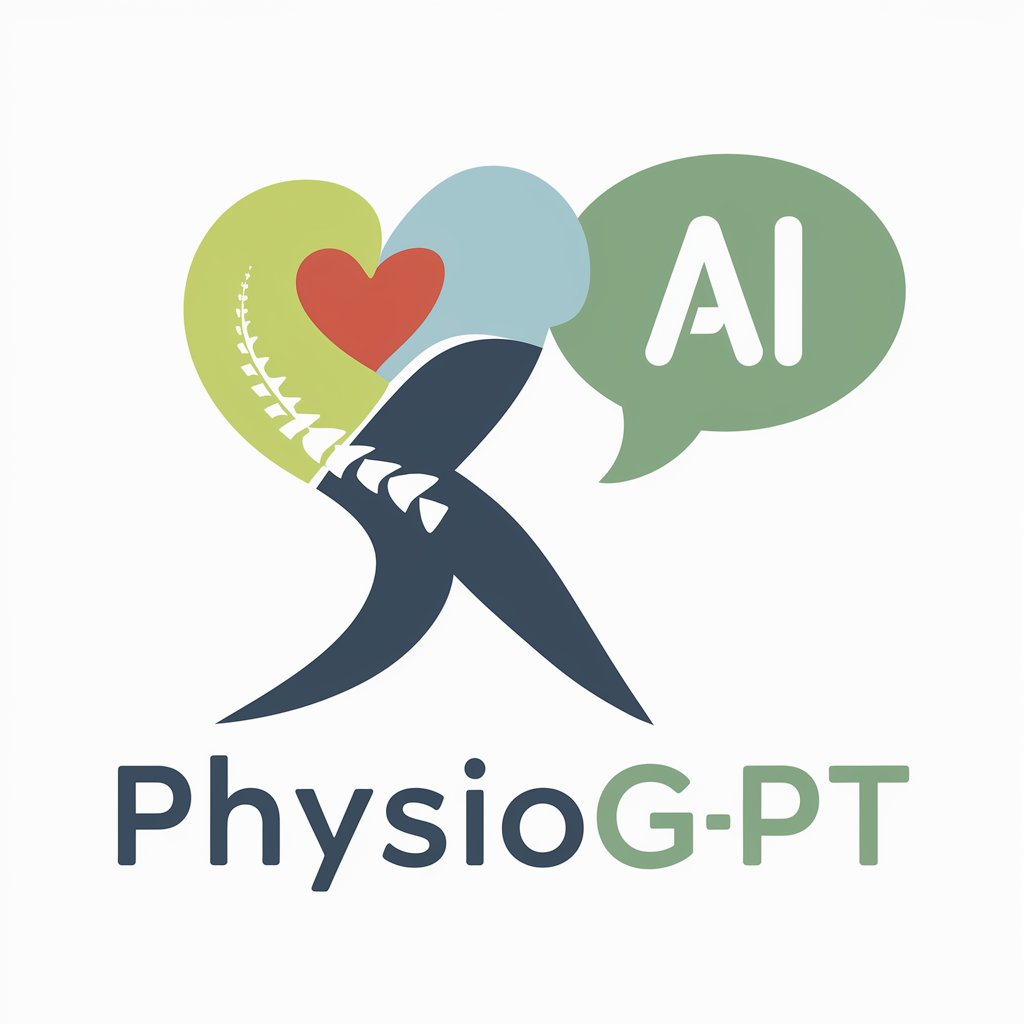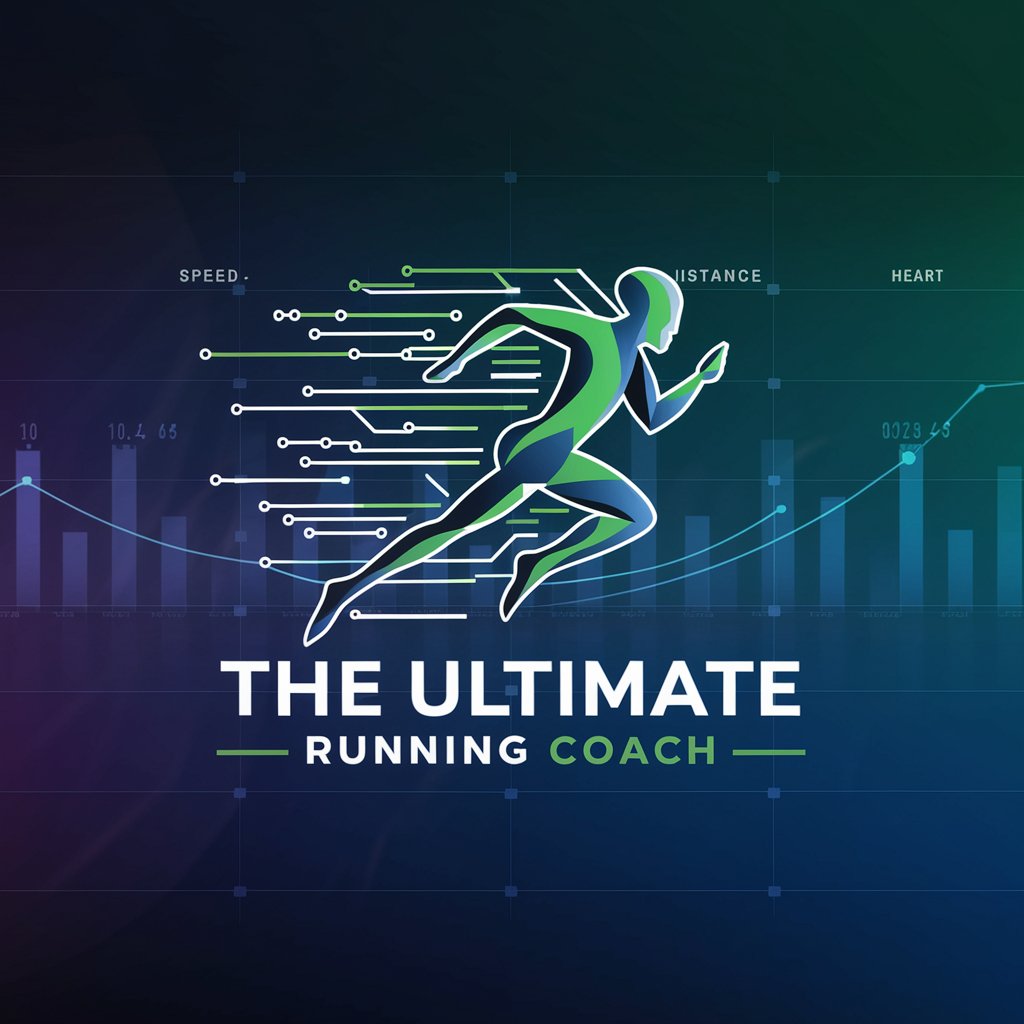
Running Injury Guide GPT - Running Injury Assistant
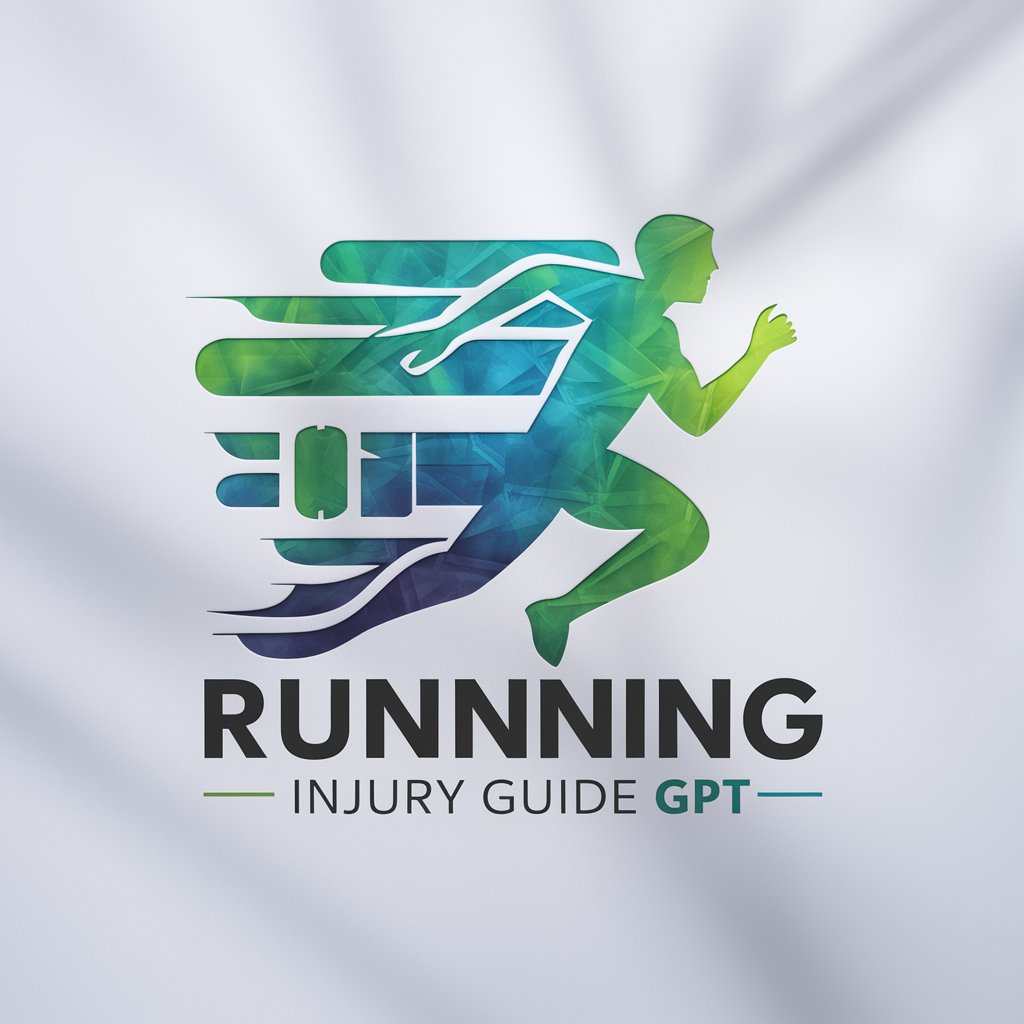
Hi there! I'm here to help with all your running injury questions.
AI-powered guidance for running injury care
What are the best stretches for preventing running injuries?
How can I recover from a sprained ankle quickly?
What are some common running injuries and how to treat them?
Can you recommend exercises to strengthen my knees for running?
Get Embed Code
Introduction to Running Injury Guide GPT
Running Injury Guide GPT is a specialized tool designed to assist runners in preventing, identifying, and managing running-related injuries. Leveraging advanced AI capabilities, it offers personalized advice, stretches, exercises, and recovery strategies tailored to each runner's needs. The purpose behind its creation is to provide runners, whether novices or experienced athletes, with accessible, accurate, and comprehensive information to enhance their running experience while minimizing the risk of injury. For example, if a user is struggling with shin splints, the GPT can suggest specific stretches and strengthening exercises, recommend adjustments to running form, and advise on footwear. Similarly, for a runner preparing for a marathon, it can provide strategies for injury prevention and tips on balancing training intensity to avoid overuse injuries. Powered by ChatGPT-4o。

Main Functions of Running Injury Guide GPT
Injury Prevention Advice
Example
Guidance on warm-up routines, proper running form, and appropriate footwear to prevent common injuries like plantar fasciitis or IT band syndrome.
Scenario
A beginner runner planning to increase their weekly mileage learns how to adjust their training plan and incorporate specific exercises to avoid overtraining and injury.
Injury Identification and Management
Example
Assistance in identifying specific injuries based on symptoms, followed by recommendations for treatment, including rest, ice, compression, elevation (RICE), and when to seek professional help.
Scenario
A runner experiencing knee pain receives help in distinguishing between runner's knee and a meniscal tear, along with advice on initial management and the importance of consulting a healthcare provider for a definitive diagnosis and treatment plan.
Rehabilitation Exercises and Techniques
Example
Prescription of rehabilitation exercises and stretching routines to aid recovery from injuries like Achilles tendinitis or hamstring strains.
Scenario
An athlete recovering from an ankle sprain is guided through a series of ankle strengthening exercises and balance training to promote healing and prevent recurrence.
Nutritional Guidance for Recovery
Example
Advice on nutrition and hydration strategies to support injury recovery and enhance overall performance.
Scenario
A long-distance runner learns about the importance of protein and micronutrients in repairing muscle tissue and the role of hydration in maintaining joint health.
Ideal Users of Running Injury Guide GPT Services
Beginner Runners
Individuals new to running who need foundational knowledge on starting safely, avoiding common beginner injuries, and gradually increasing training loads without risking harm.
Experienced Runners
Seasoned athletes seeking to optimize their training, prevent overuse injuries, and find advanced strategies for maintaining peak performance while minimizing downtime due to injuries.
Running Coaches and Trainers
Professionals who assist runners in achieving their goals. They benefit from using the GPT to provide accurate, evidence-based advice on injury prevention and management to their clients.
Recreational Runners
Casual runners interested in maintaining their health and fitness through running without getting sidelined by injuries. They find value in personalized tips and strategies for running safely and enjoyably.

How to Use Running Injury Guide GPT
Start Free Trial
Access yeschat.ai to begin your trial with Running Injury Guide GPT, no sign-up or ChatGPT Plus required.
Identify Your Need
Determine what you need help with, whether it's injury prevention, diagnosis, recovery exercises, or training advice.
Ask Your Question
Pose your question clearly and specifically to get the most accurate and helpful response.
Follow Recommendations
Review the provided exercises, stretches, or injury prevention techniques, including any linked video demonstrations.
Iterate and Feedback
Ask follow-up questions as needed and provide feedback for more personalized advice.
Try other advanced and practical GPTs
Nutrition and Pressure Injury
Optimize healing with AI-driven nutrition and care insights
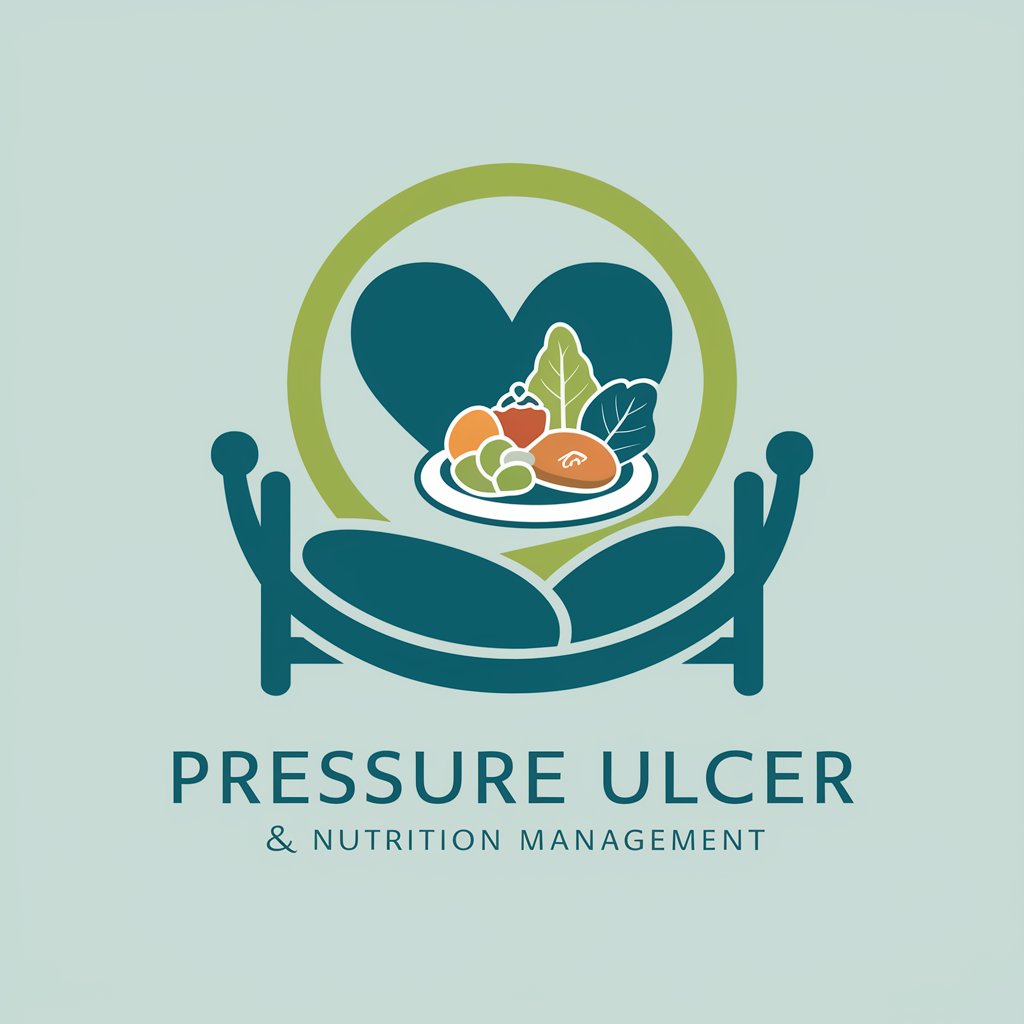
Personal Injury Law Guide
Navigate Injury Law with AI
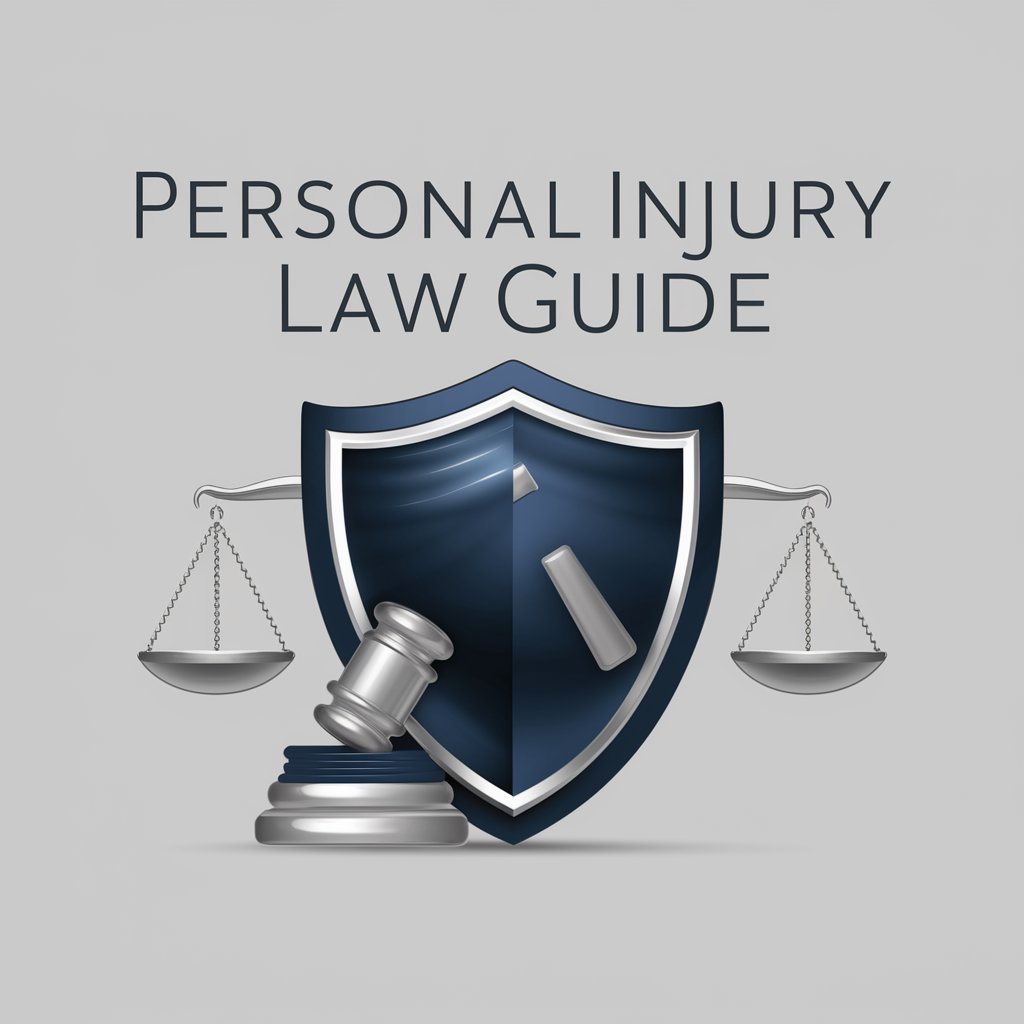
Injury Prevention Tips
Prevent Injuries with AI Guidance

Injury Claim Counselor
AI-powered Personal Injury Claim Advisor

SportMed Plan Architect: Injury Prevention Expert
Empower, Prevent, Excel with AI
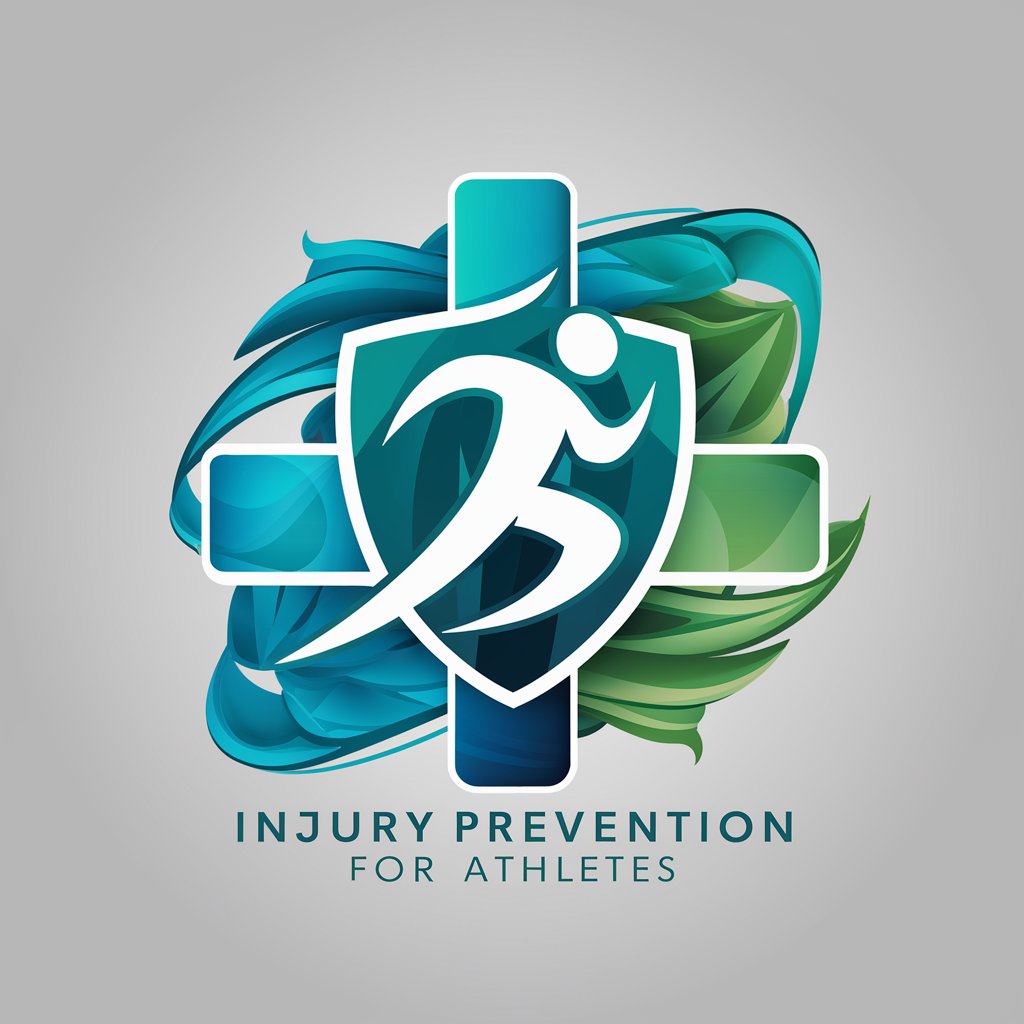
Injury Prevention and Wellness Programs
AI-powered injury prevention
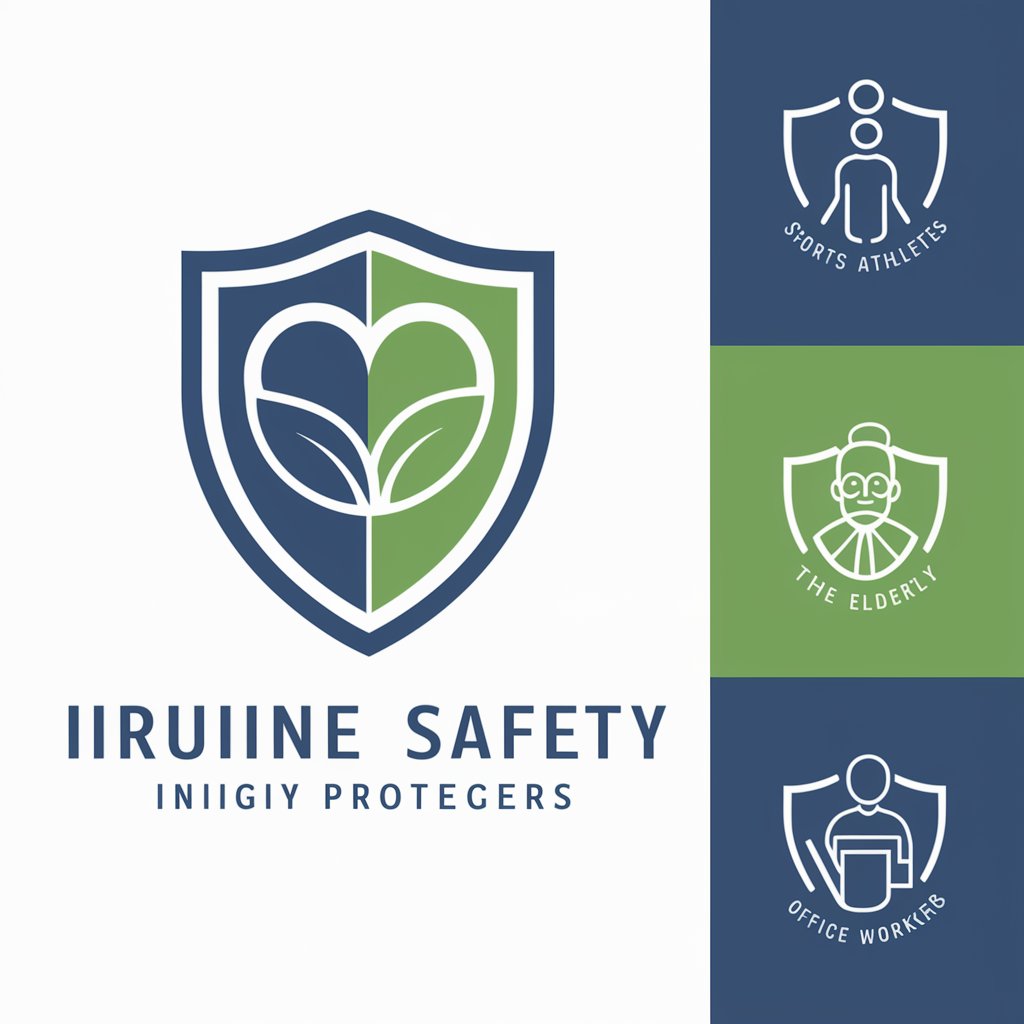
After an Injury
Empowering injury recovery with AI-driven support.
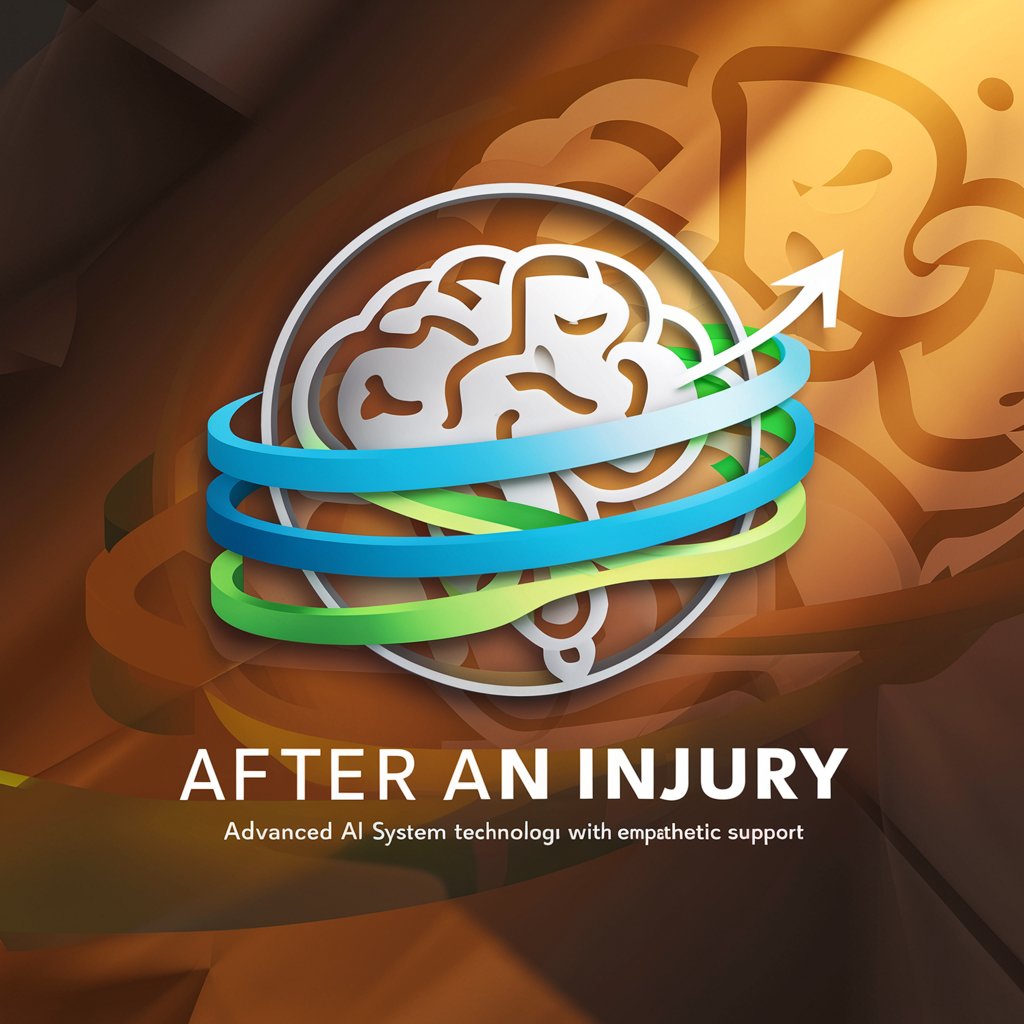
Mindful Consumption Guide
Empowering sustainable choices with AI.

Ethical Consumption Marketer
AI-Powered Ethical Business Strategy

Energy Insight Analyst Consumption
Optimizing energy consumption with AI

UN SDGs: 12 Responsible Consumption & Production
Empowering sustainable decisions with AI

Marketing for Generation Alpha
AI Powering Youthful Interactions

Frequently Asked Questions about Running Injury Guide GPT
What types of injuries can Running Injury Guide GPT help with?
I can provide guidance on a wide range of running-related injuries, including but not limited to, shin splints, runner's knee, IT band syndrome, plantar fasciitis, and Achilles tendinitis.
Can this tool provide video demonstrations for exercises?
Yes, I can link to video demonstrations for specific exercises, stretches, and techniques to ensure you're performing them correctly for optimal recovery and prevention.
How can Running Injury Guide GPT assist in preventing running injuries?
I offer advice on proper running form, recommended footwear, tailored warm-up and cool-down exercises, and strength training routines to help reduce the risk of injuries.
Is Running Injury Guide GPT suitable for both beginners and experienced runners?
Absolutely, my advice can be tailored to suit runners of all levels, from beginners seeking to start on the right foot, to experienced athletes aiming to optimize performance and prevent injuries.
How does Running Injury Guide GPT stay updated with the latest in injury prevention and recovery?
I'm built on the latest research and guidelines in sports medicine and physical therapy, ensuring you receive up-to-date information and advice.
